Description
Copper was the “red gold” of Africa and had been both mined there and traded across the Sahara by Italian and Arab merchants. The early Portuguese explorers of the 1470s observed that copper bracelets and legbands were the principal money all along the west African coast. They were usually worn by women to display their husband’s wealth. The Portuguese crown contracted with manufacturers in Antwerp and elsewhere to produce crescent rings with flared ends of wearable size which came to be called “manilla,” after the Latin manus (hand) or from monilia, plural of monile (necklace).
Although Gold was the primary and abiding merchandise sought by the Portuguese, by the early 16th century they were participating in the slave trade for bearers to carry manillas to Africa’s interior, and gradually Manillas became the principal money of this trade. By the end of the 1500s the Portuguese had been shouldered aside by the British, French, and Dutch, all of whom had labor-intensive plantations in the West Indies, and later by the Americans whose southern states were tied to a cotton economy . A typical voyage took manillas and utilitarian brass objects such as pans and basins to West Africa, then slaves to America, and cotton back to the mills of Europe.
http://usslave.blogspot.com.es/2012/03/manila-african-money-of-slave-trade.html
Época:
The handles, also known as Okpoho, were a type of currency used in several parts of Africa throughout history. These handles were metal bracelets, usually made of copper, bronze or brass, and were used as a means of exchange and storage of wealth. The handles were widely used in different regions of Western and central Africa, such as Nigeria, Ghana, Cameroon, Benín and the Democratic Republic of the Congo, among others. Its use as currency dates back to several centuries and continued until the colonial period. The handles were valuable objects due to the shortage and work required to produce them. Its value was based on the material they were made from, their size and quality. The largest and most elaborate handles used to have greater value. In addition to their function as currency, the handles also had a cultural and social meaning. They were used as symbols of status and wealth, and were often exchanged in ceremonies, rituals and important commercial transactions. During the colonial period, the handles began to lose their value as currency as the colonial powers introduced coined metal coins and paper money in the African regions. However, many handles continued to circulate as decorative objects and became cultural and traditional symbols. Today, the handles continue to be appreciated for their historical and cultural value. Many of them are in private museums and collections, and some African communities still use them in traditional ceremonies and festivals.


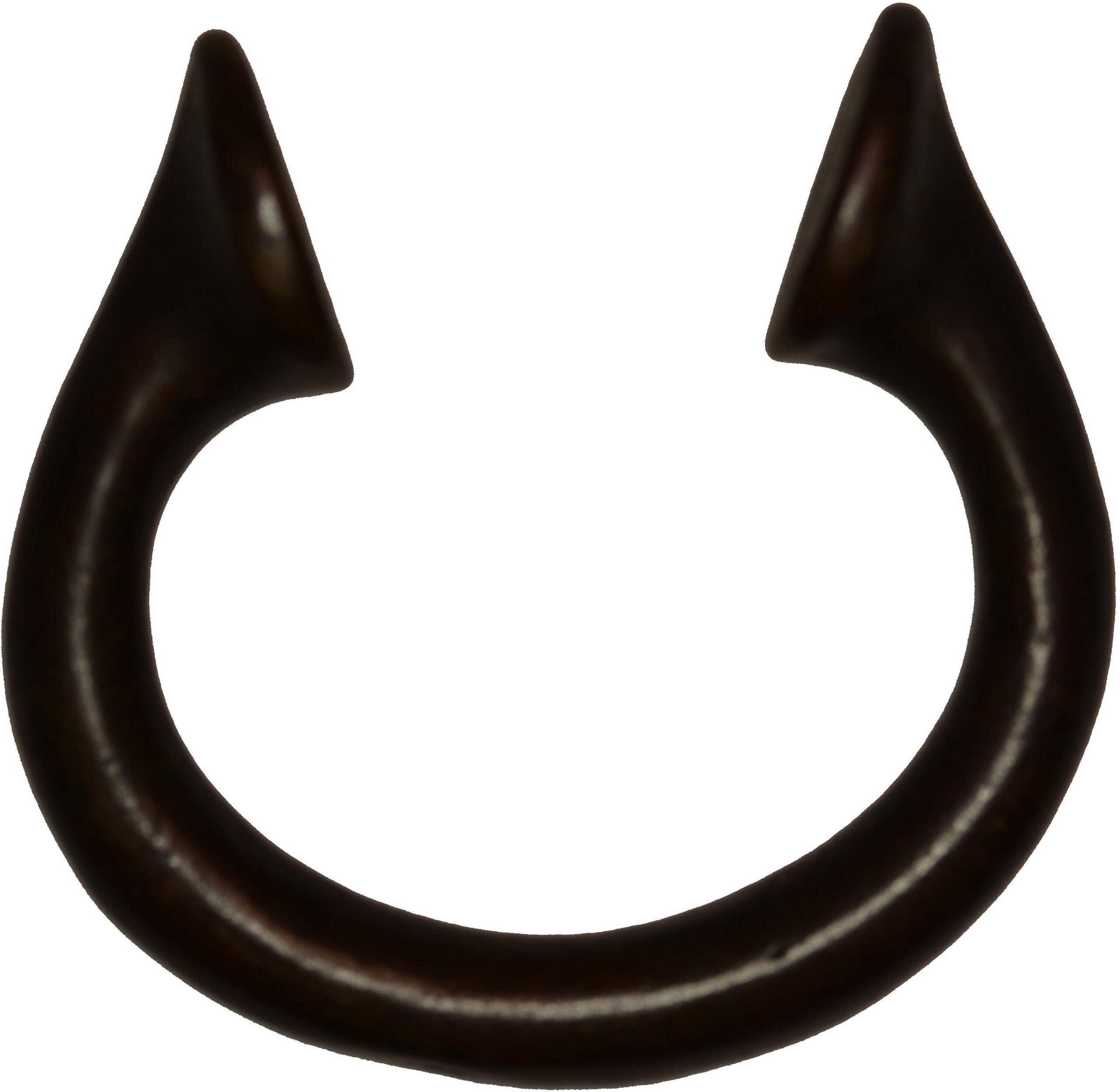
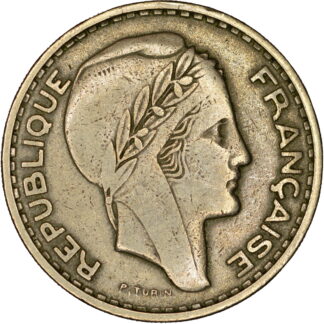
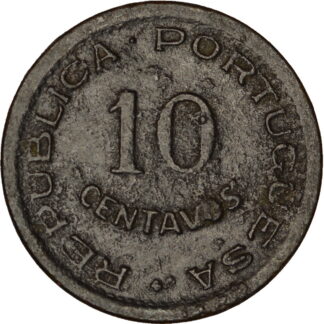
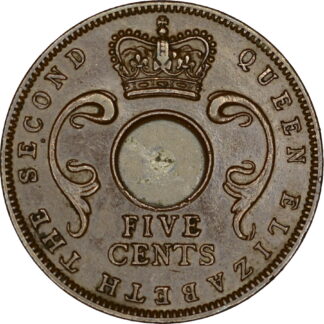
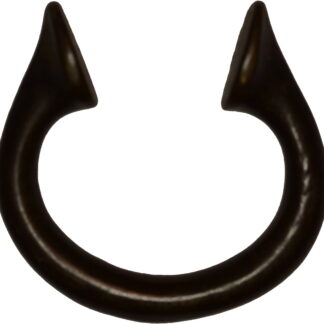
Reviews
There are no reviews yet.